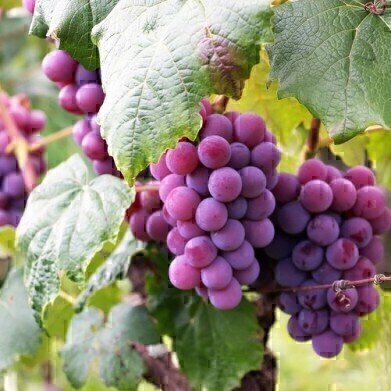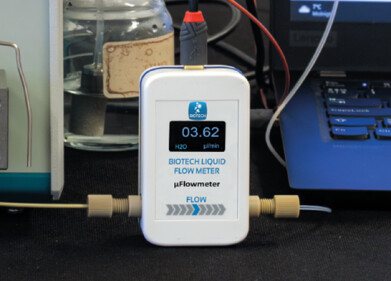HPLC, UHPLC
Can Chromatography Unlock the Power of Waste from Grapes & Olives?
Oct 18 2020
Reducing waste is a mantra that is applied to all aspects of life and business. And that includes waste from food and agricultural processes. Throwing away food waste that can potentially have value, either economically or nutritionally, influences the economy and the environment. And sometimes we can be throwing away important compounds that can provide important health benefits for humans.
A team of researchers from universities in Italy have been investigating the potential nutritional benefits of waste material from olive and grape production. In a paper published in the journal Fronters in Nutrition, they describe an industrial and sustainable platform for the production of micronized powders and extracts enriched in polyphenols from Olea europaea L. and Vitis vinifera L. wastes that are useful for food, cosmetics, and pharmaceuticals sectors. And chromatography was key in identifying the polyphenols in the waste.
Producing micronized polyphenol powders
He health benefits of both olive oil and grapes have been investigated and published widely. Research has shown that oleocanthal – a component of extra virgin olive oil that gives it the pungent taste – exhibits enzymatic inhibition and could be more effective that ibuprofen. The health benefits of wine include a reported reduction in cardiovascular disease associated with the hemostatic activity due to a daily consumption.
The industrial platform that the authors describe for both Olea europaea L. and Vitis vinifera L. involves the drying of waste plant materials, extraction of the polyphenols using either water (olive waste) or hydroalcoholic extraction (grape waste), concentration using membrane technologies and where necessary, further concentration using vacuum technology.
Chromatography analyses the powder
Polyphenols are natural compounds that are found in plants. There has been significant research in the health benefits of polyphenols and the demand for them is only likely to rise. Hence, any work to increase their availability is beneficial – and use of agro-industrial waste could offer a solution. The researchers used high-performance liquid chromatography–diode array detector–mass spectrometry to analyse the micronized powders they produced. The use of chromatography to analyse edible oils is discussed in the article, Analysis of Polynuclear Aromatic Hydrocarbons (PAHs) in Edible Oil to 0.5 ppb.
The researchers report that the chromatographic profiles evidenced the presence of secoiridoids, flavones, flavonols, anthocyanins, hydroxycinnamic acids, catechins, and condensed tannins. The team suggest that the use of winery and olive oil waste could produce a parallel market to the wine and olive oil markets – not only reducing waste but potentially providing health benefits to the public.
Digital Edition
Chromatography Today - Buyers' Guide 2022
October 2023
In This Edition Modern & Practical Applications - Accelerating ADC Development with Mass Spectrometry - Implementing High-Resolution Ion Mobility into Peptide Mapping Workflows Chromatogr...
View all digital editions
Events
ACS National Meeting - Fall 2024
Aug 18 2024 Denver, CO, USA
Sep 04 2024 Chiba, Tokyo, Japan
Sep 04 2024 University of Warwick, Coventry, UK
Sep 10 2024 Rockville, MD, USA
Plastics Recycling World Expo Europe
Sep 11 2024 Brussels, Belgium














